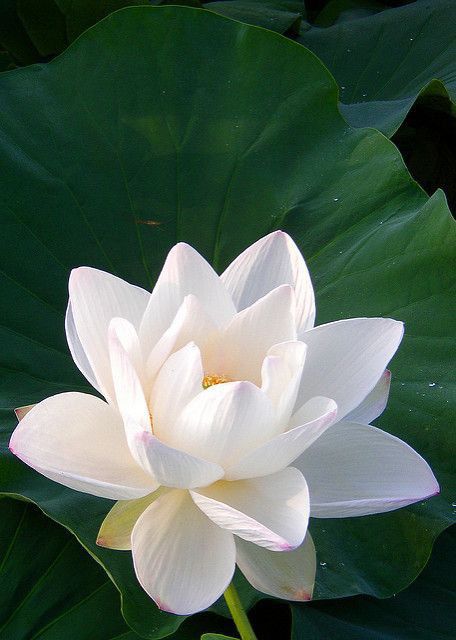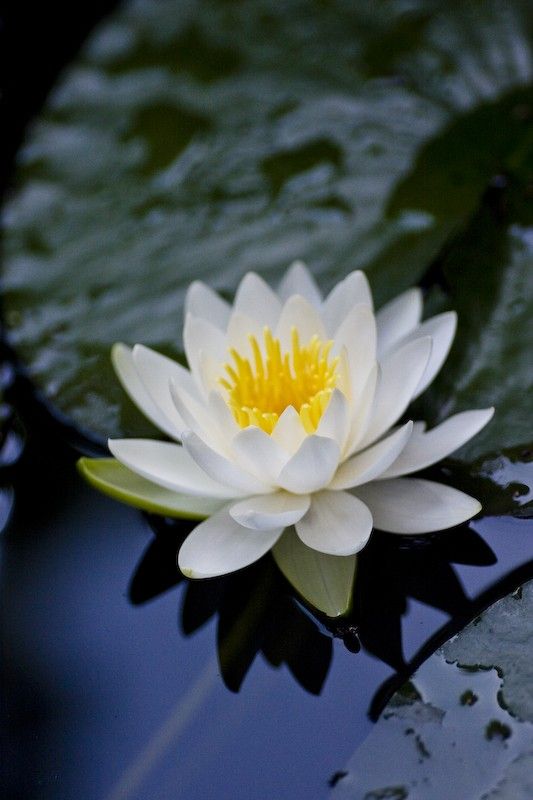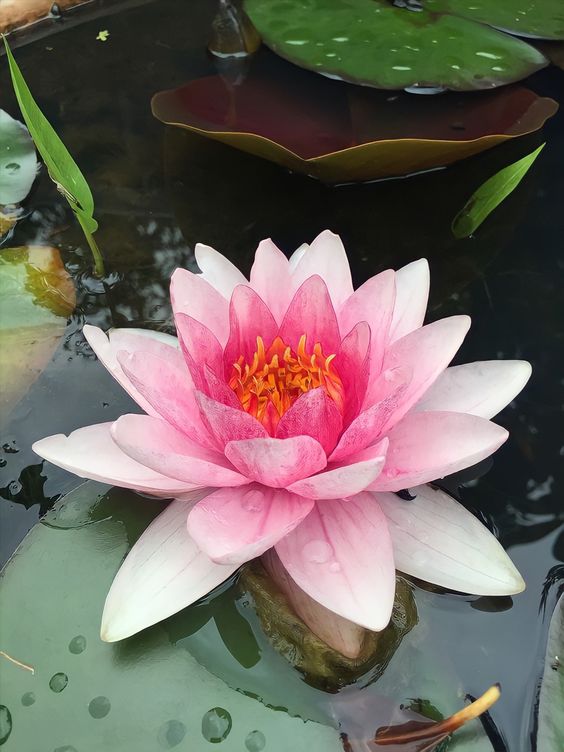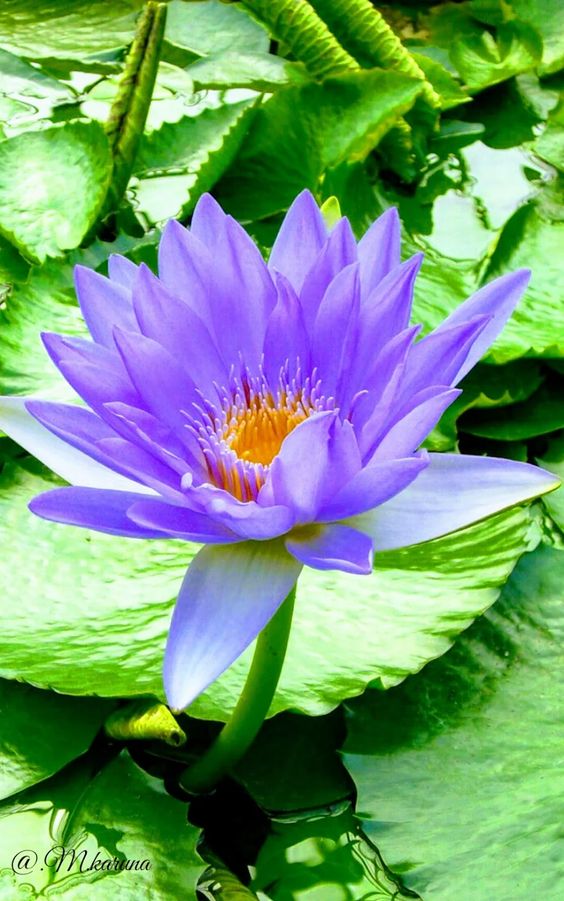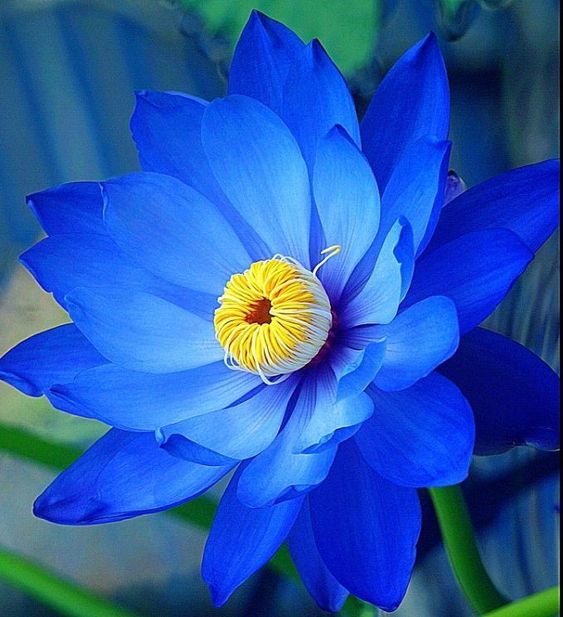A pleasing endaor may be achieved by enhancing the aesthetic appeal of your garden with the hypnotizing beauty of lotus flowers. Lotus plants, which are well-known for having significant symbolic meanings and for having a presence that is mesmerizing, may provide an air of sophistication and calmness to any outdoor setting. This thorough guide will provide you with professional suggestions to guarantee a successful and plentiful development of lotus flowers in your garden, so be sure to read it if you want to cultivate lotus flowers in an easy-to-use manner. Find out how you may cultivate these stunning aquatic blossoms directly in the comfort of your own garden by learning the keys of doing so.
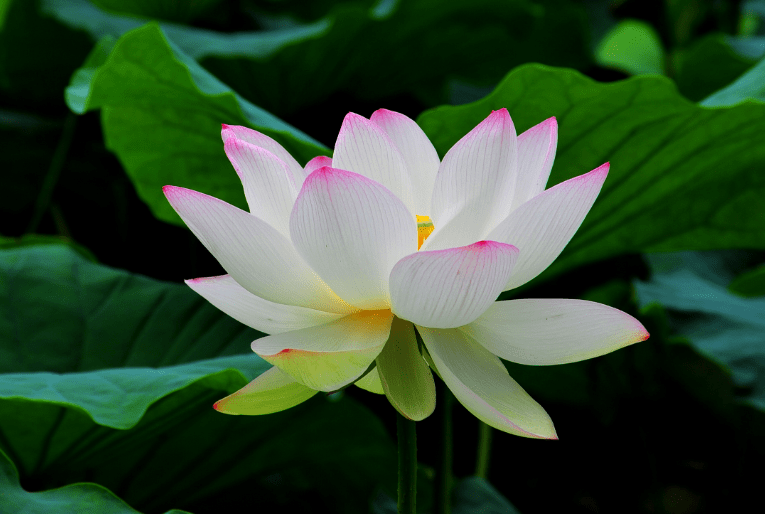
Section 1: Choosing the Most Suitable Type of Lotus
The first thing you need to do in order to establish a successful lotus garden is to choose the ideal kind of lotus to plant. There are many distinct kinds of lotus blossoms, each of which has its own set of traits and conditions for development. Think about things like the plant’s size, its color, and the amount of water it receives so you can choose the best kind for your garden. You may choose the species of lotus that are most suited to thrive in your region’s environment by completing in-depth study and seeking advice from garden centers in your immediate area.

Creating the Ideal Environment for Plant Growth is the Topic of Section 2
The lotus flower can only flourish in water and needs an environment that is carefully prepared for it in order to attain its full potential. To begin, choose a spot in your yard that has plenty of open space and is exposed to plenty of sunshine. In order to thrive, lotus plants normally need at least six hours of sunshine every day. In order to accommodate the lotus tubers, you will need to prepare a pond or container that has a depth of at least 12 to 18 inches.

Planting Lotus Tubers is Covered in Section 3
The tubers of the lotus plant are the most common source of new plants. To start, place the tubers in a container of warm water for around 24 hours. This will help the tubers to absorb moisture and stimulate the sprouting process. The next step is to put the tubers in a horizontal position in the pond or container that has been prepared, making sure that the concave side is facing upwards. Cover the tubers well with a layer of dirt, but be sure to leave the tops visible.

Maintaining Optimal Water Quality is the Topic of Section 4
The high quality of the water is one of the most important factors in the formation of healthy lotus blooms. It is important that the water in which they develop be devoid of toxins, non-chlorinated, and sanitary conditions. The use of a water filtration system or the use of dechlorination agents as a treatment method for the water are both potential ways to contribute to the achievement of ideal conditions. In addition, it is necessary to do consistent testing of the temperature and pH levels of the water in order to guarantee the health of your lotus plants.
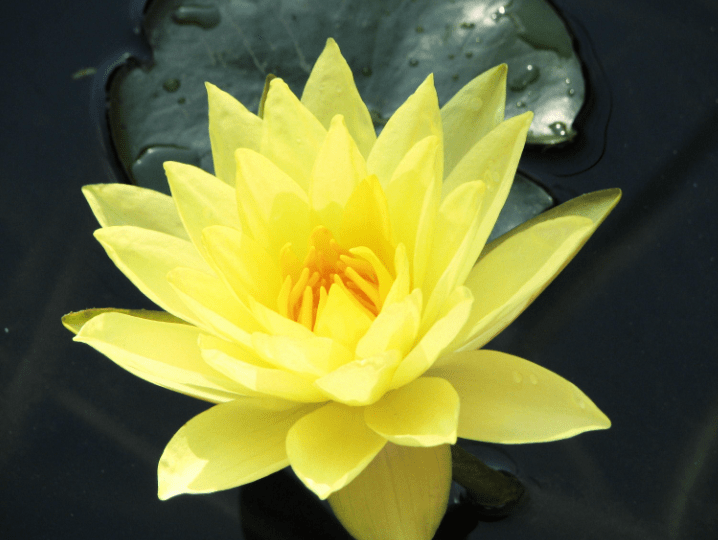
Care and Maintenance of Lotus Plants, Section 5
Your lotus plants need careful attention and routine maintenance in order to thrive and develop to their full potential. Maintaining an even water level at a depth of around 3 to 6 inches above the soil is advised, since enough watering is essential, and it is recommended to keep the water level steady. Take care not to overwater, since plants might decay if they get an excessive amount of water. The removal of disease-causing dead and dying leaves and blossoms from a plant may promote healthier new growth and stop the spread of illness.
